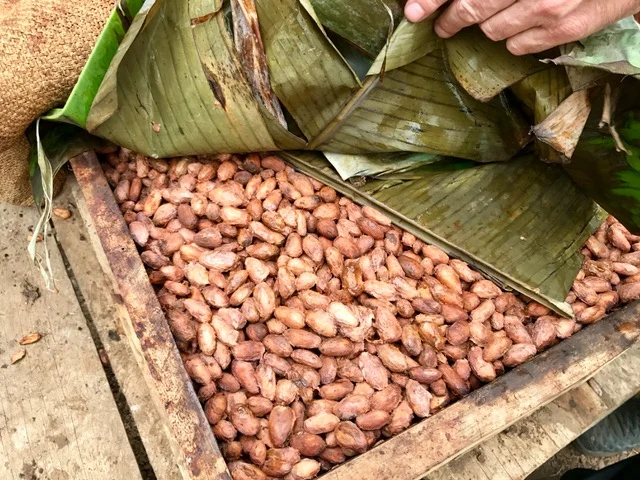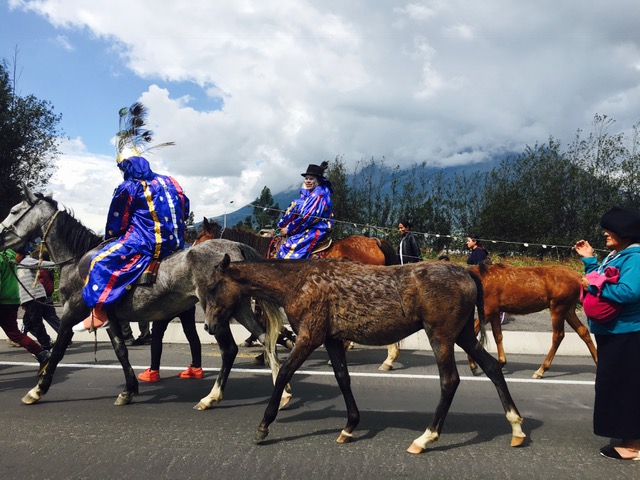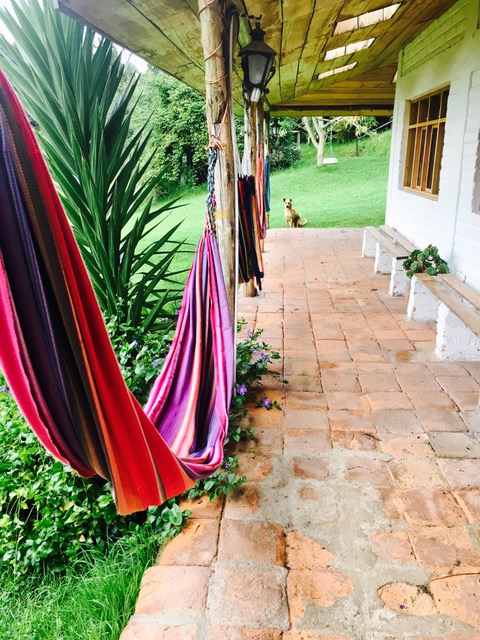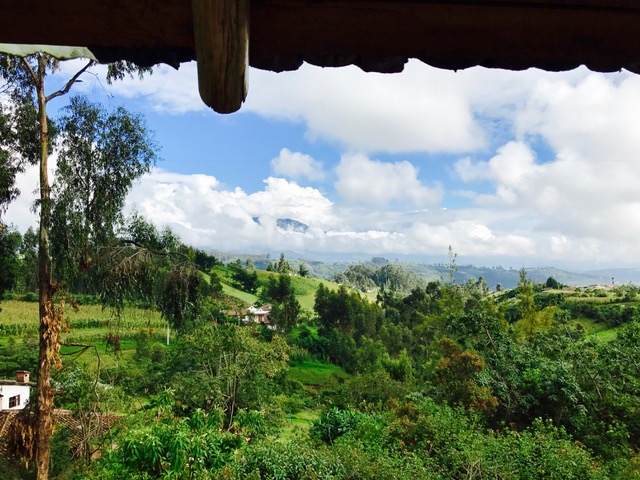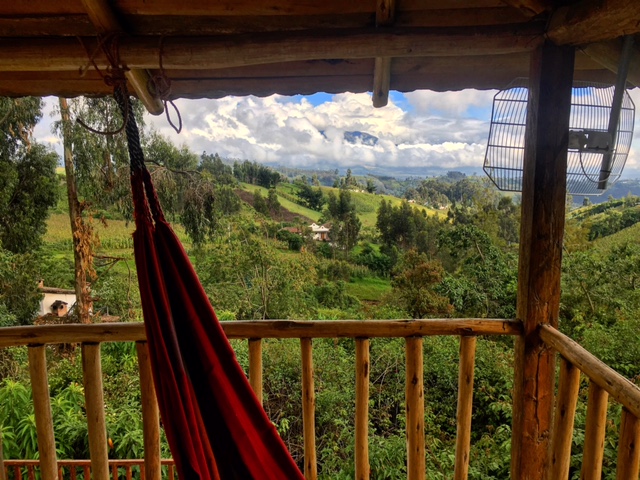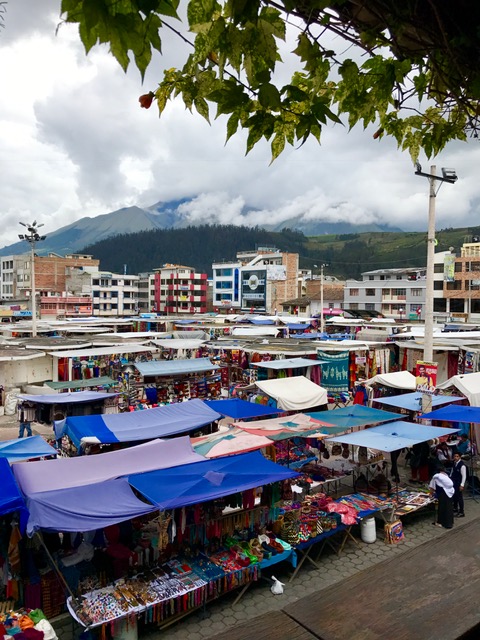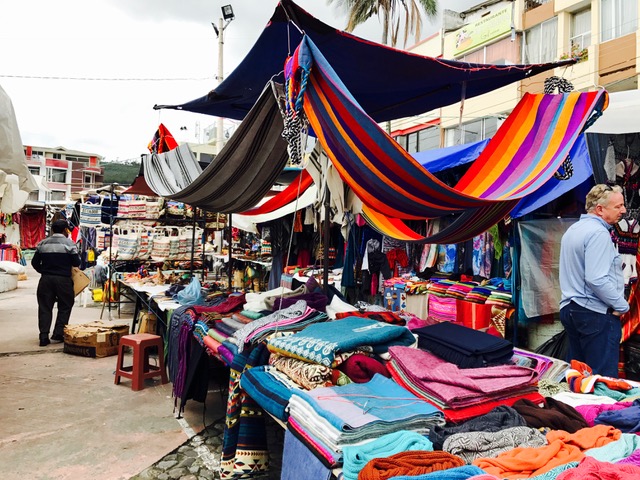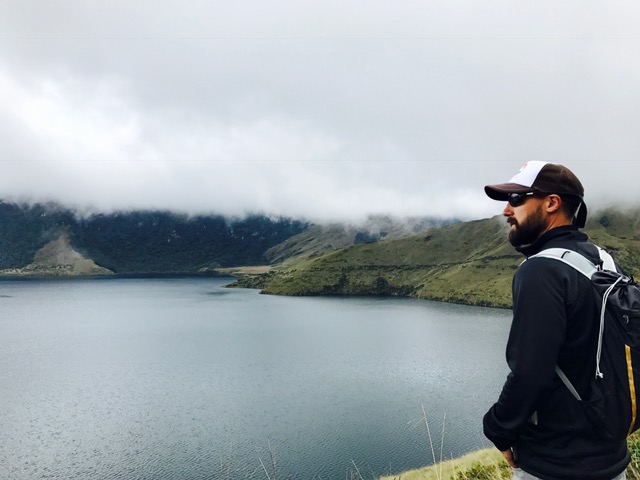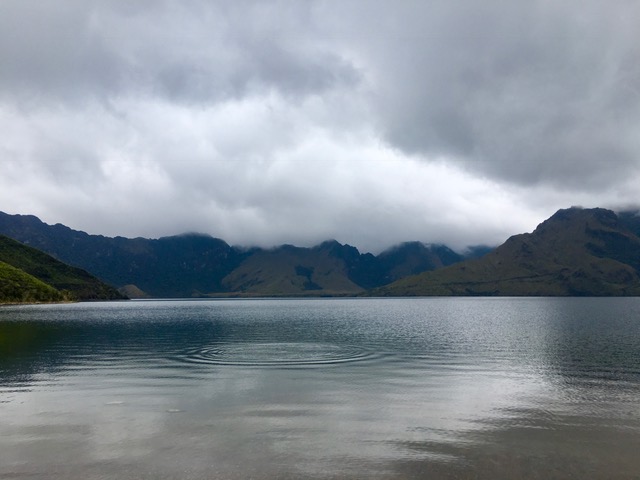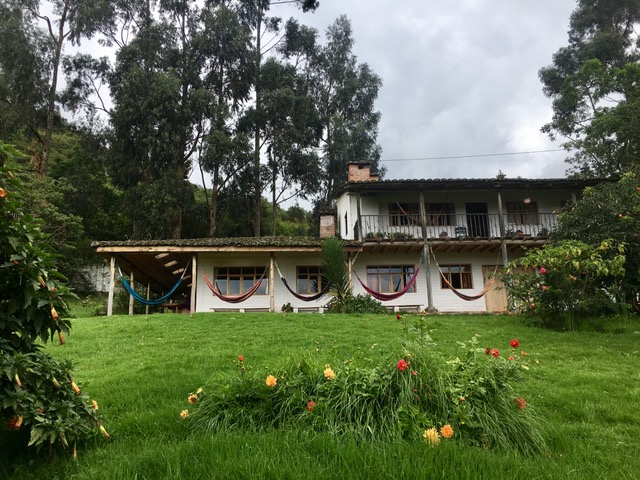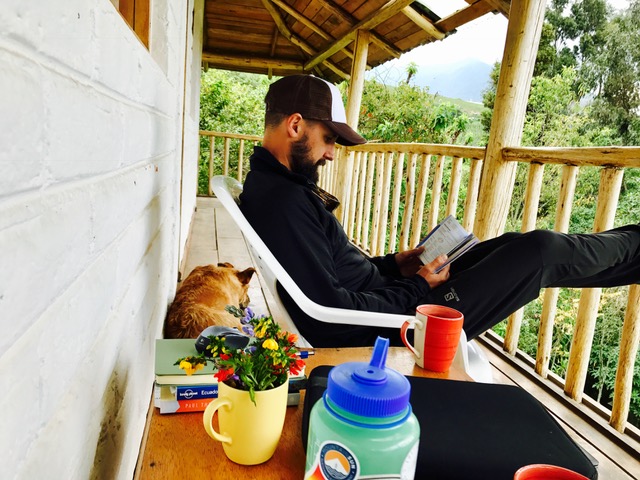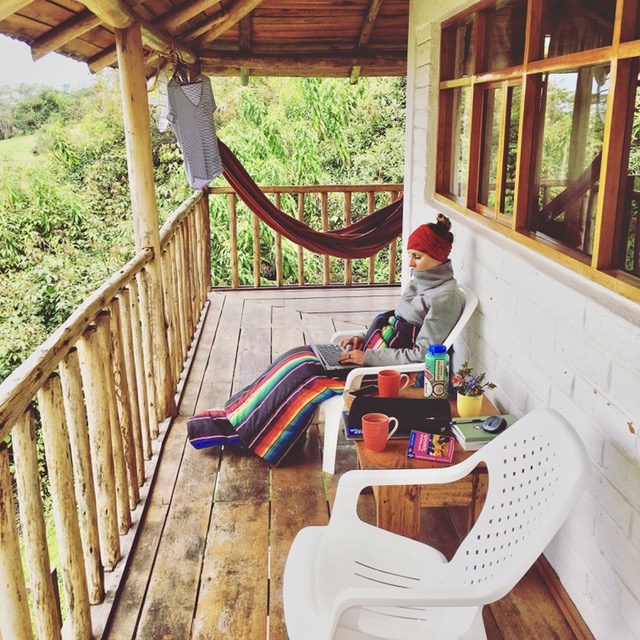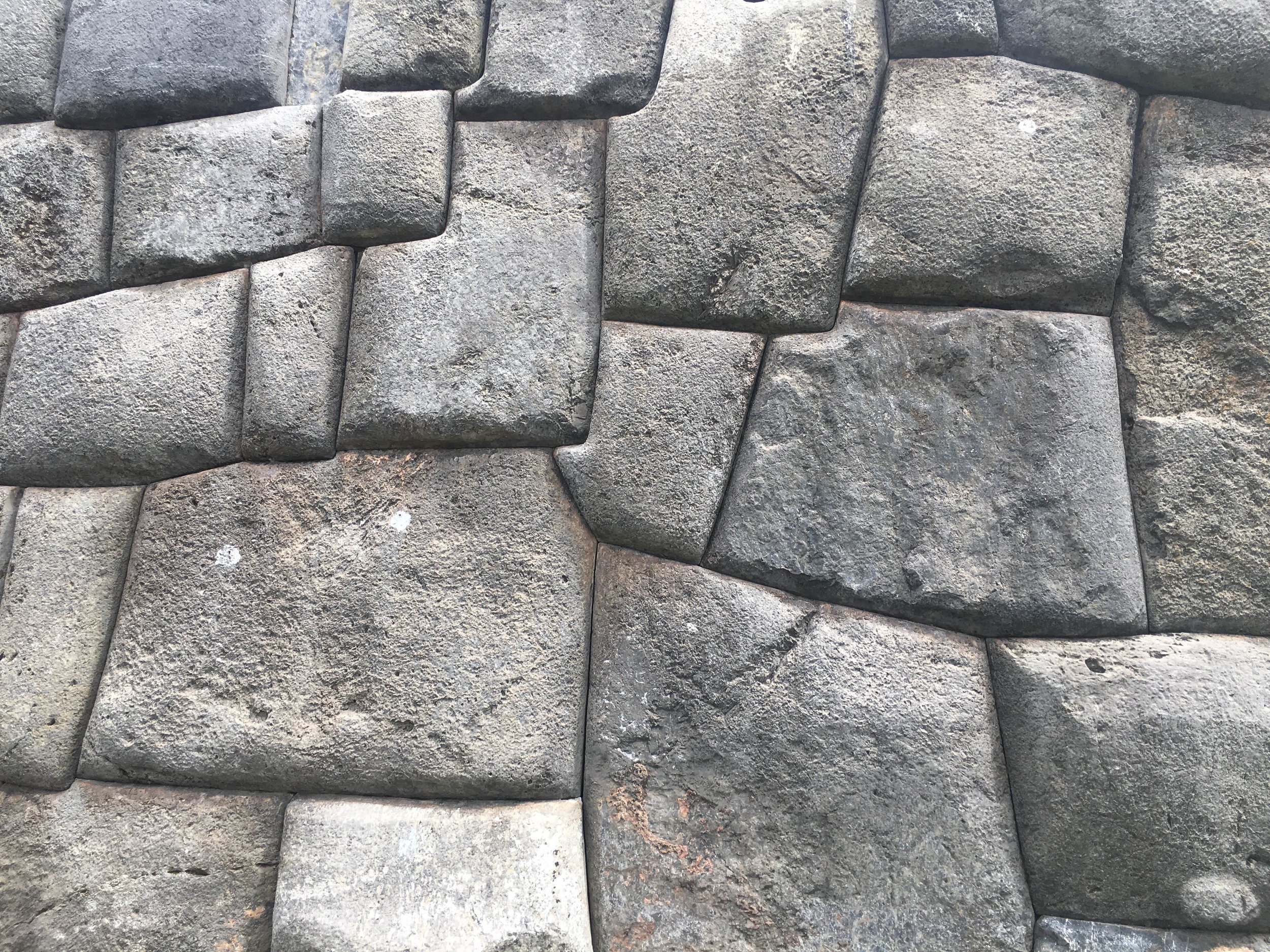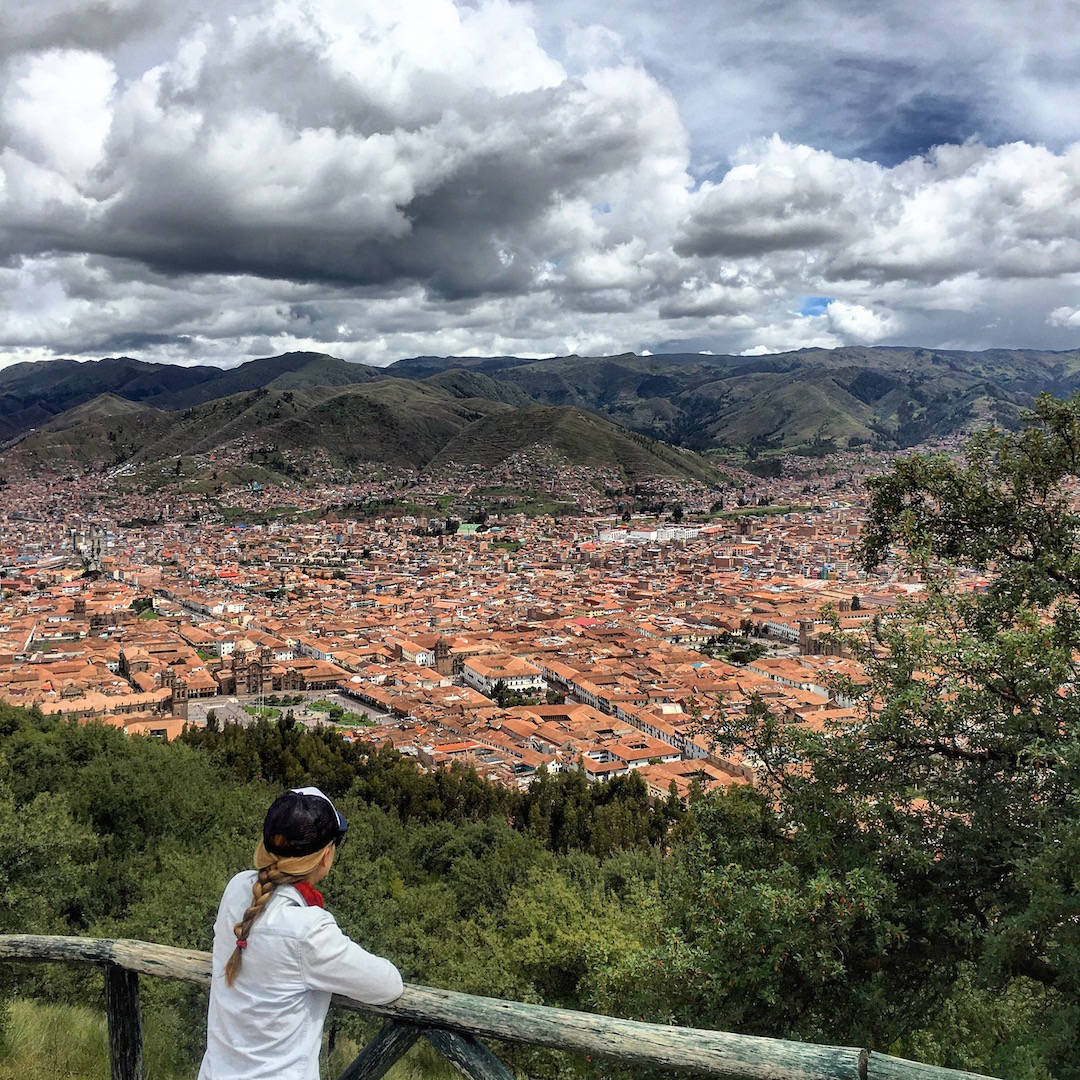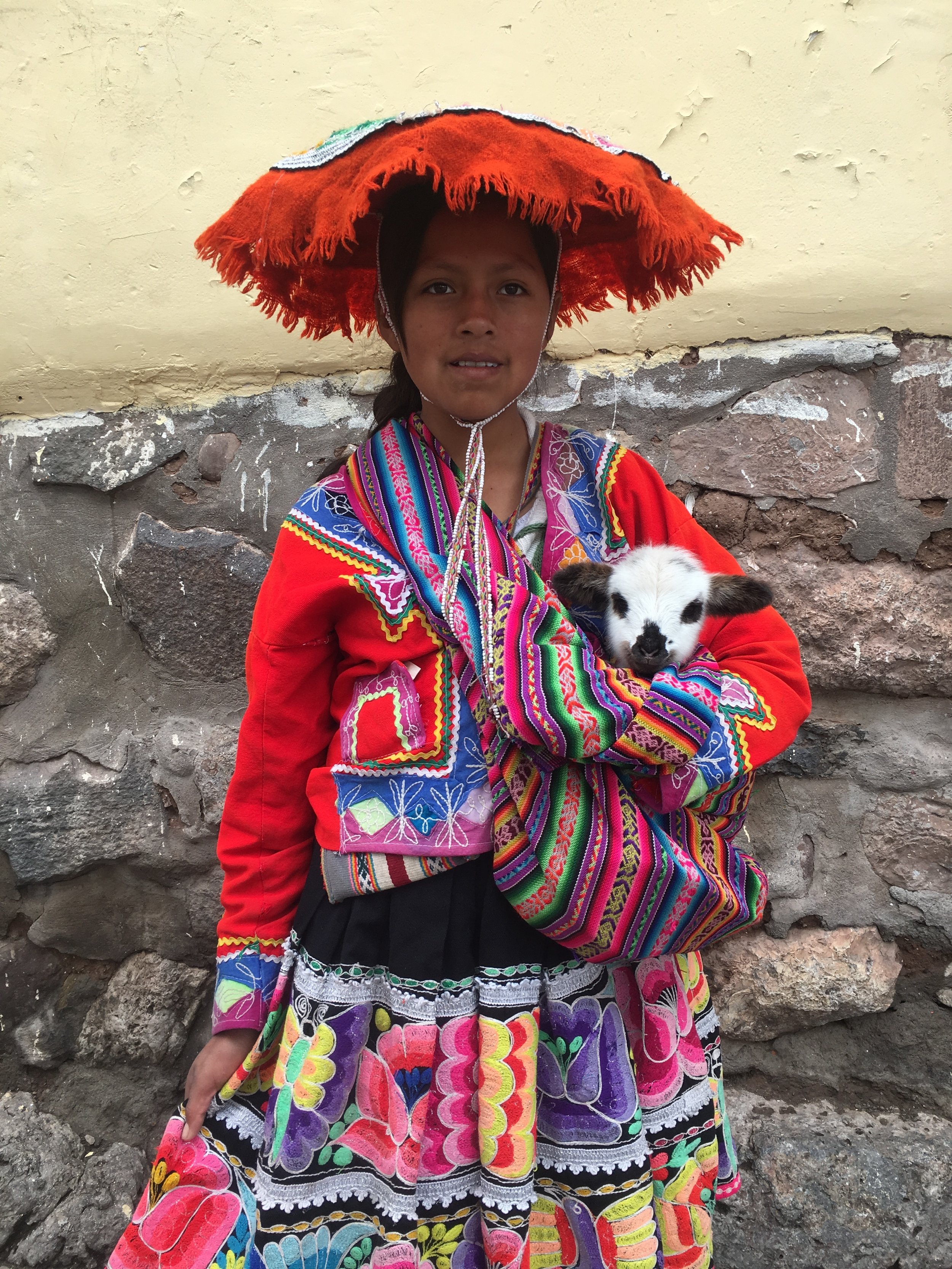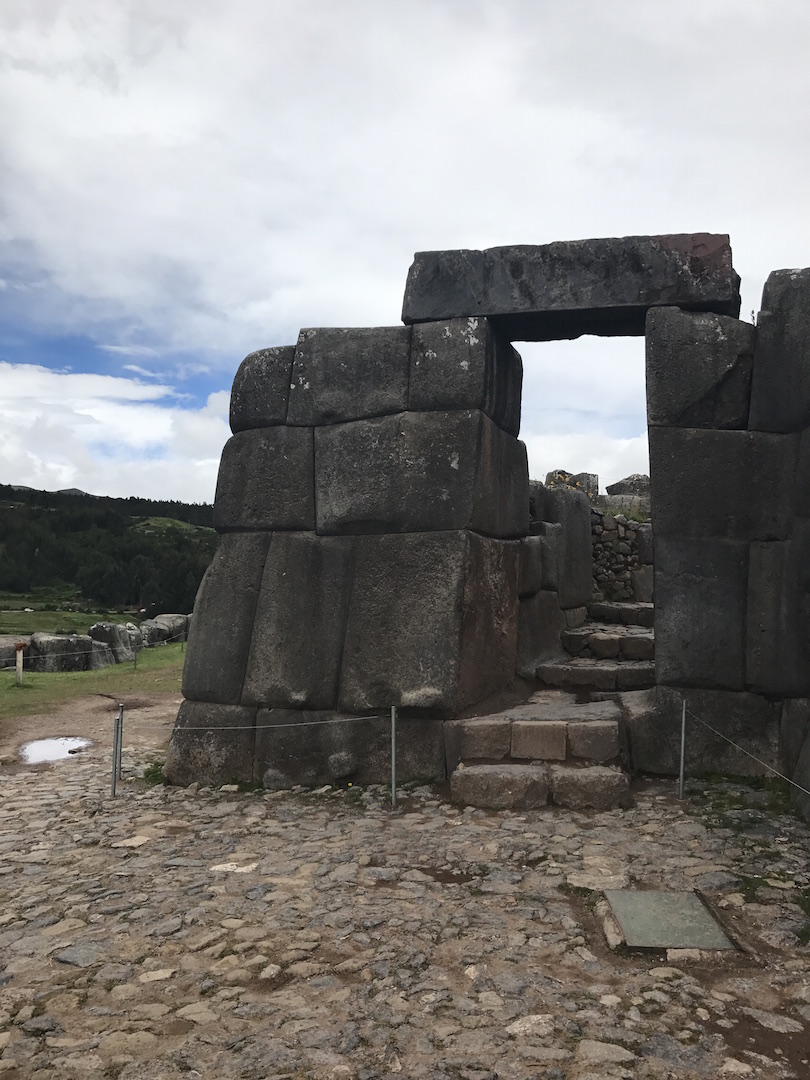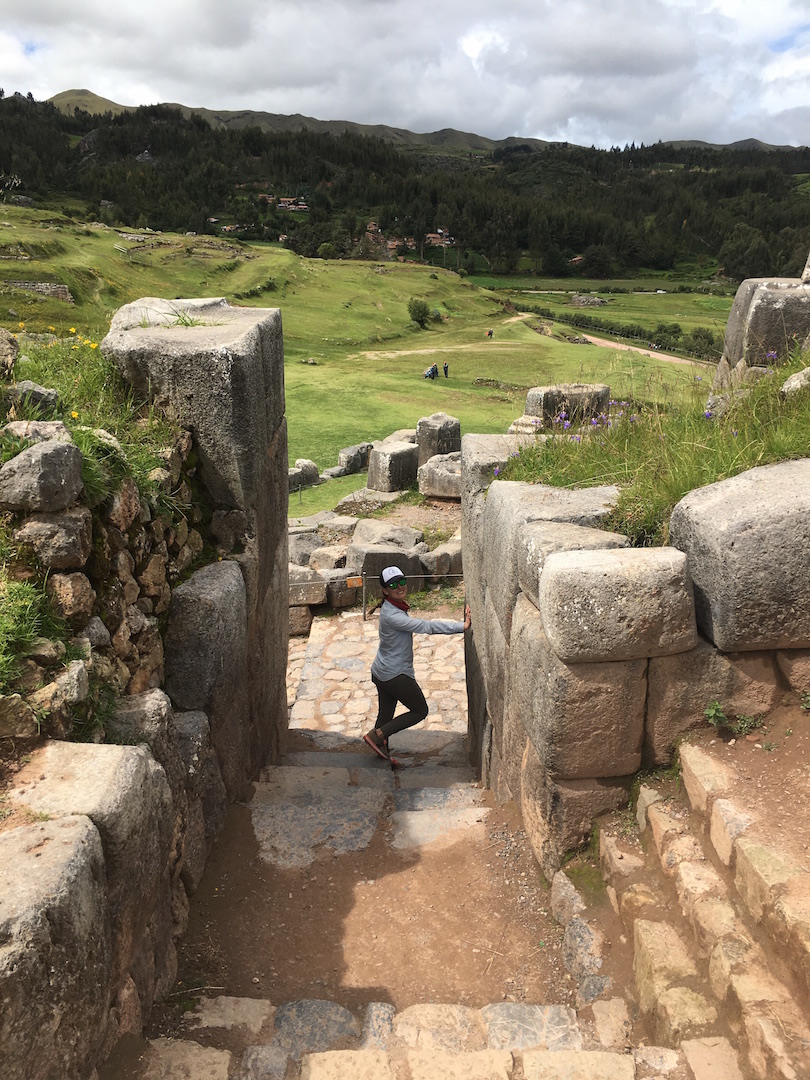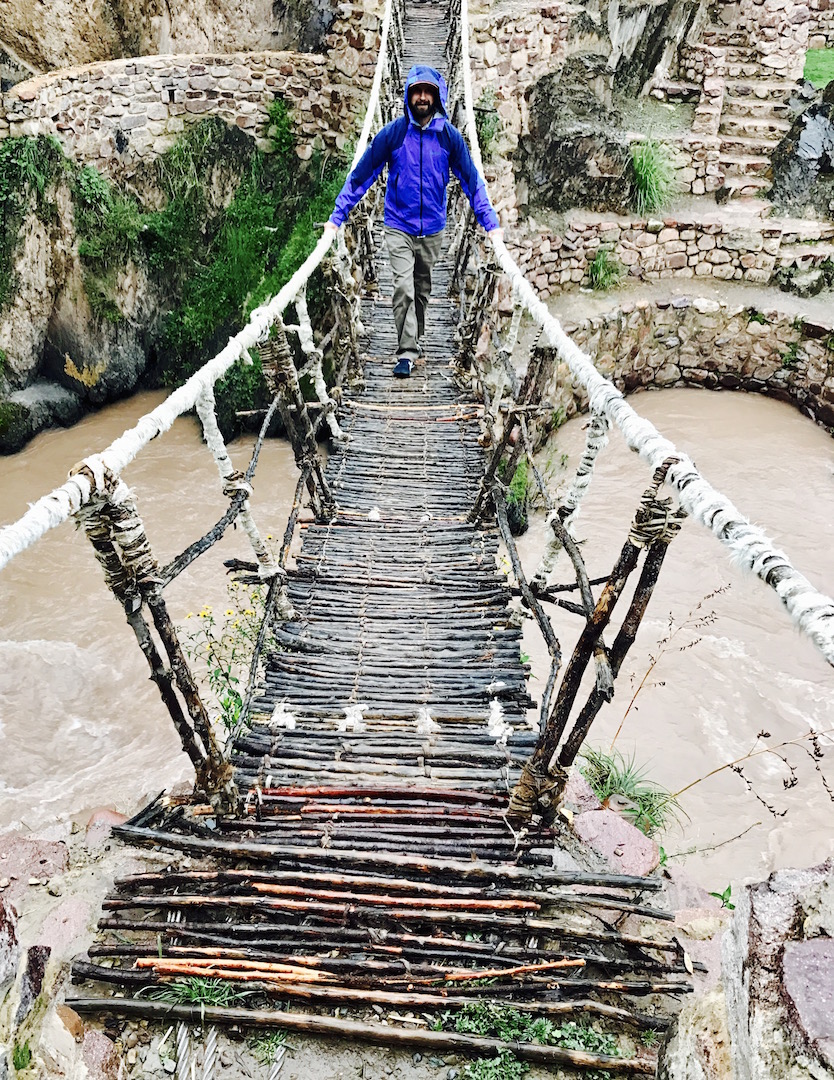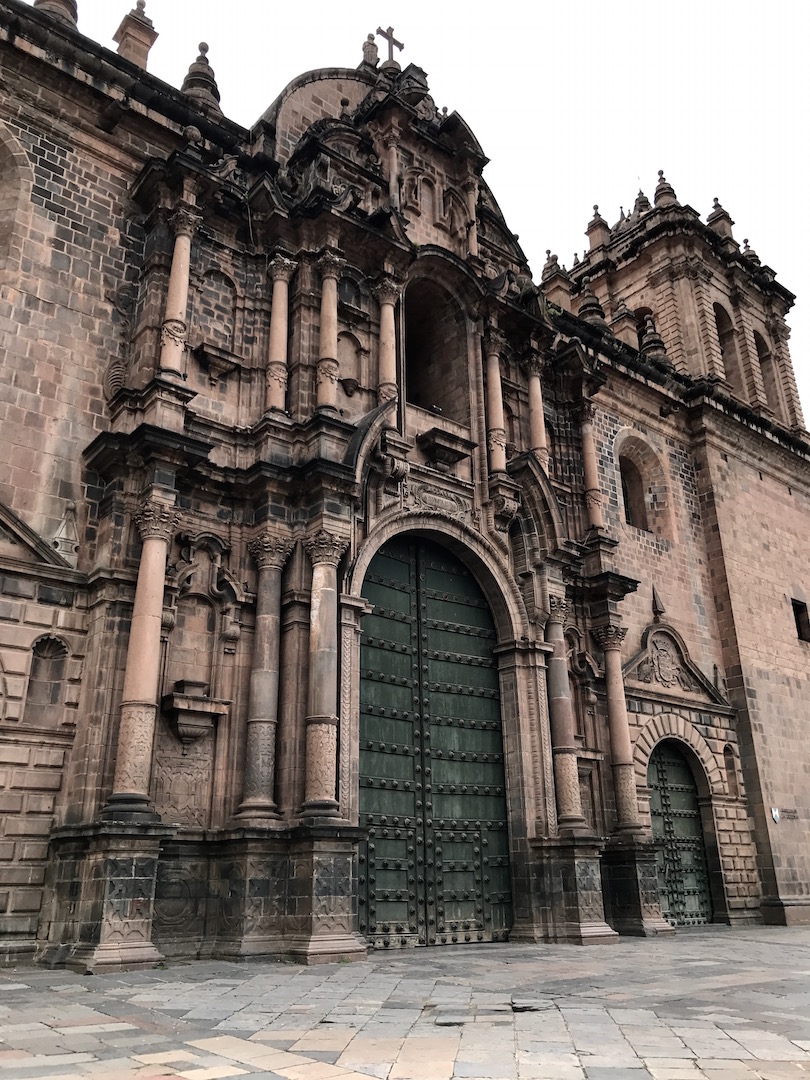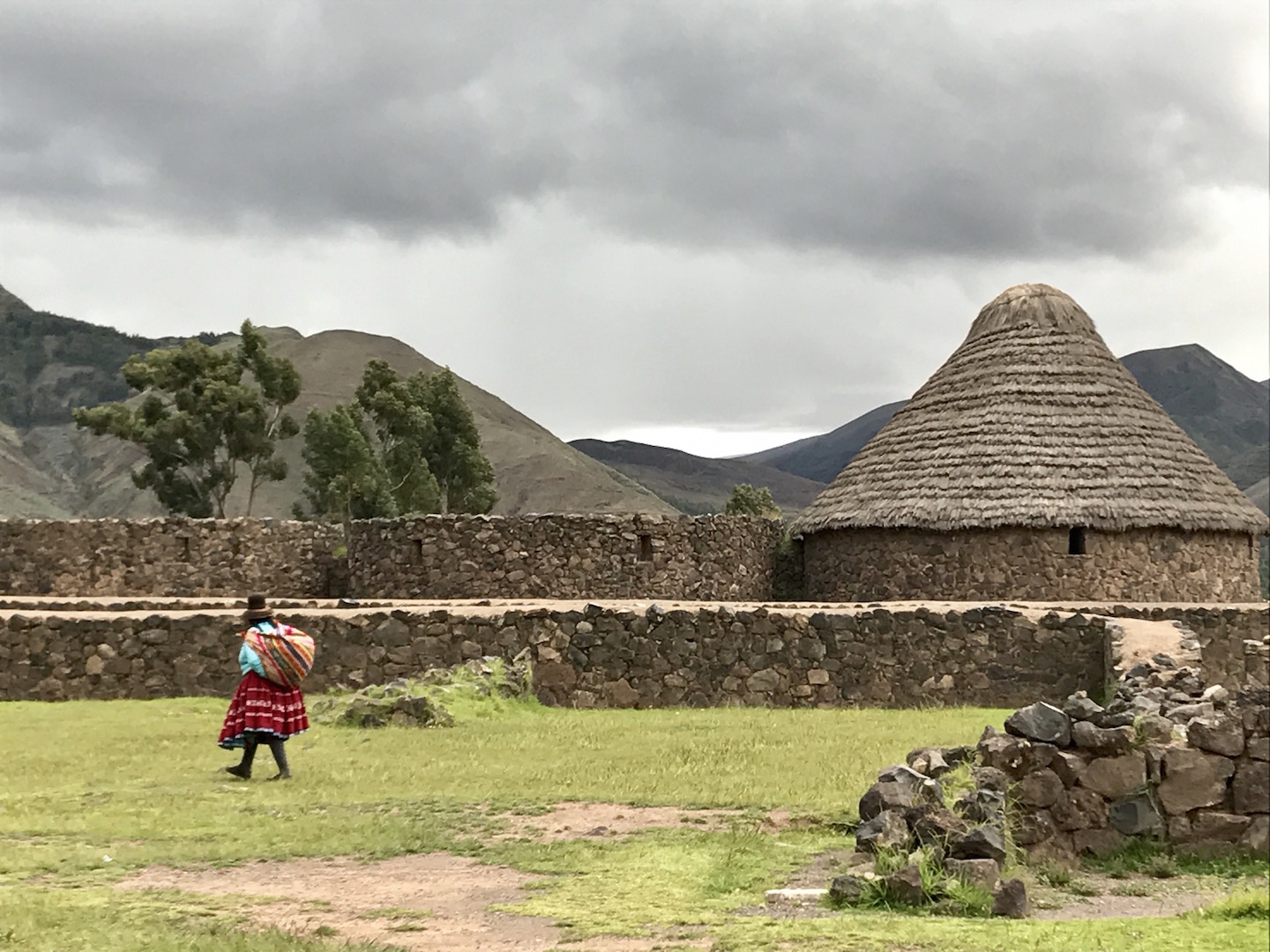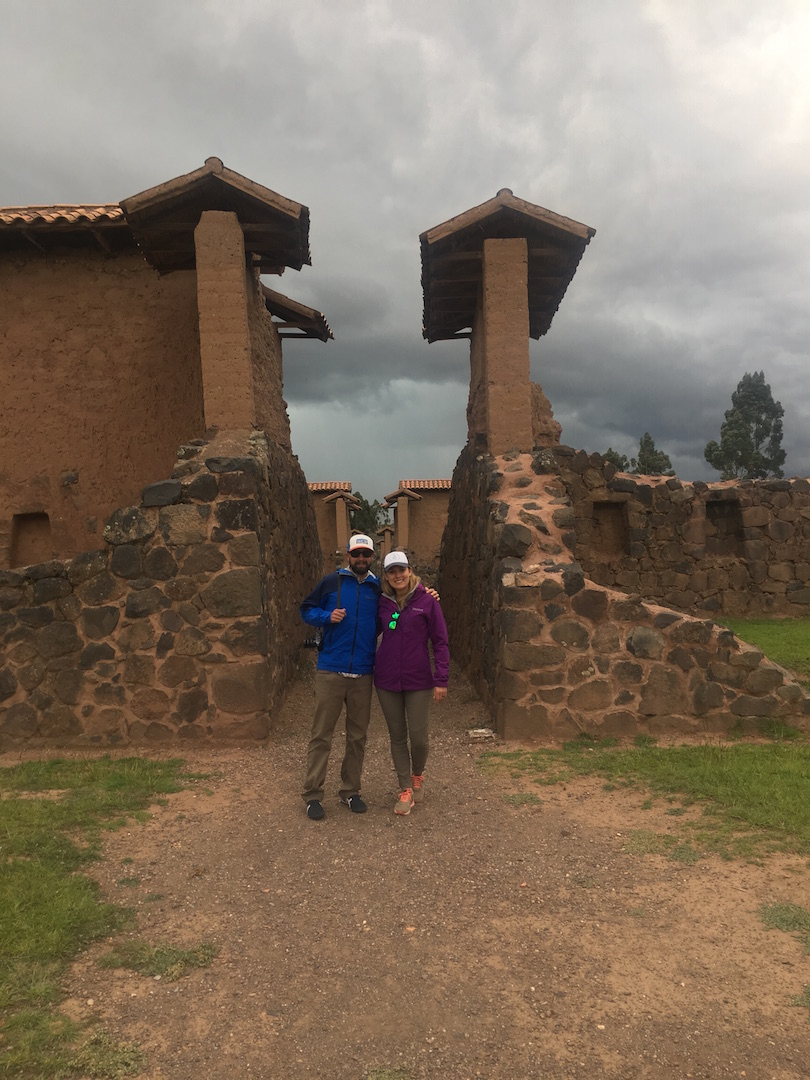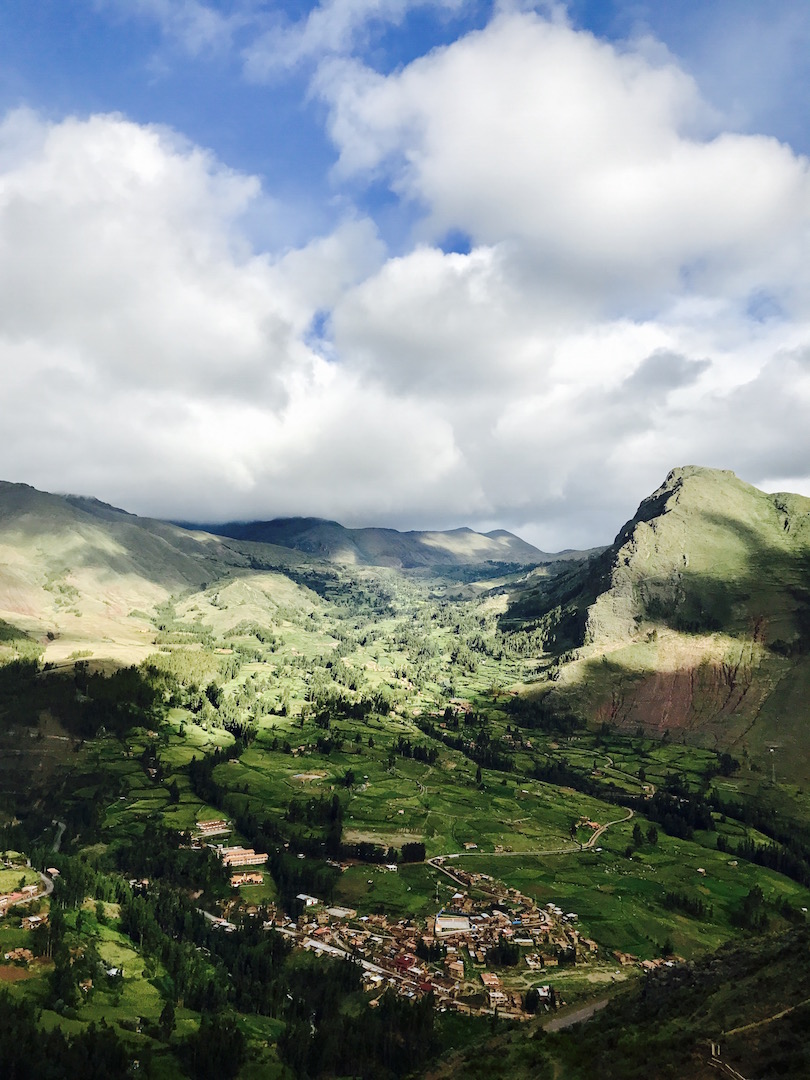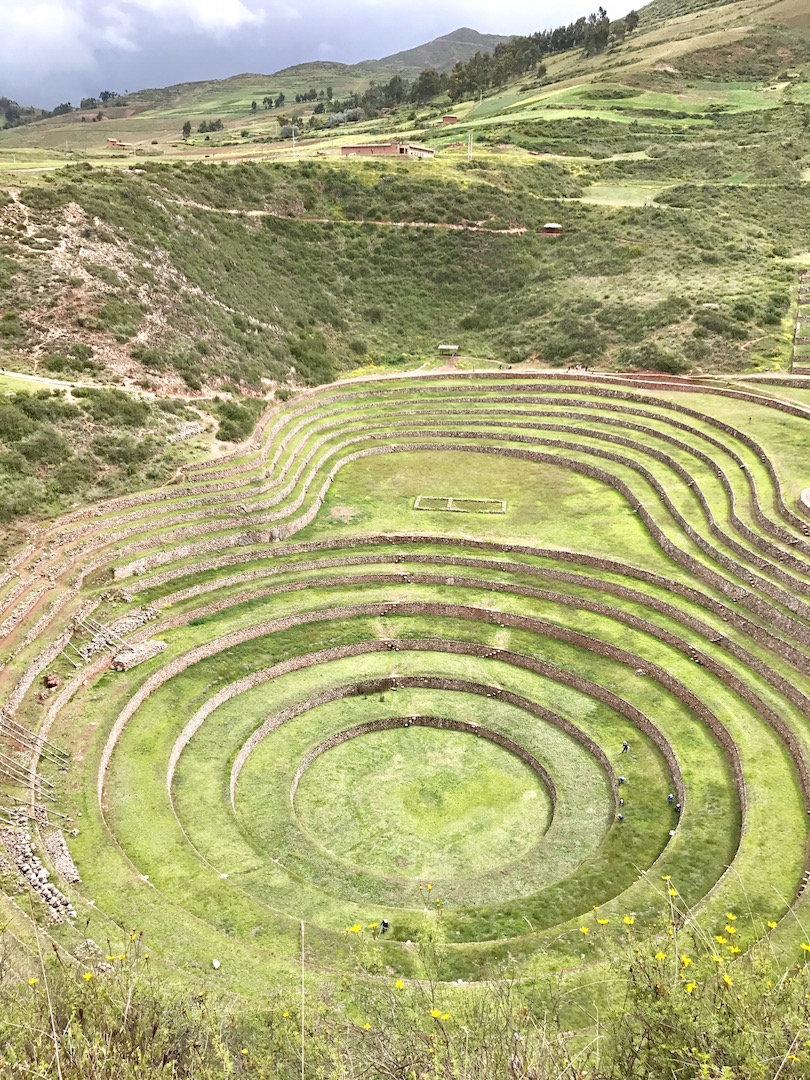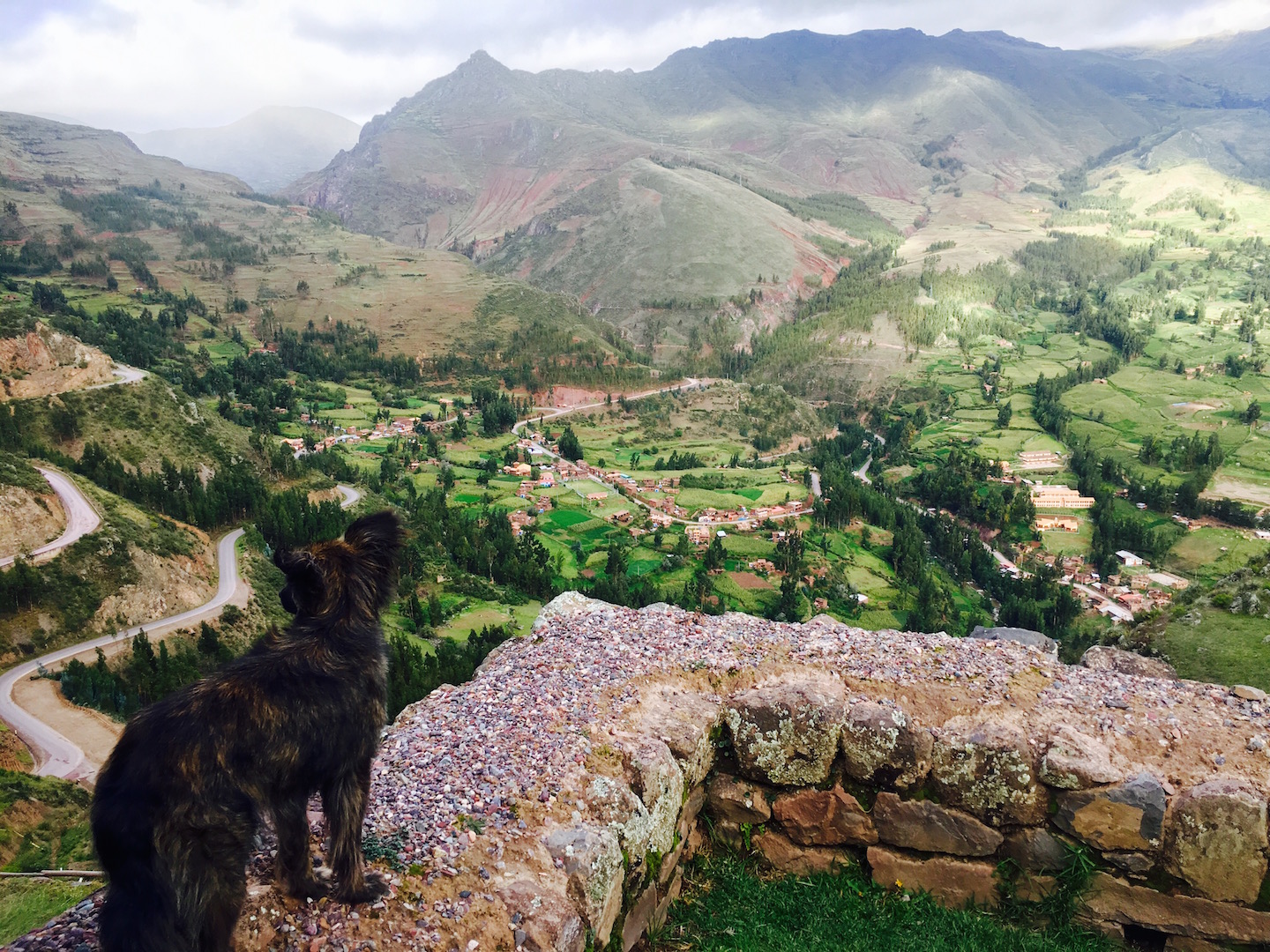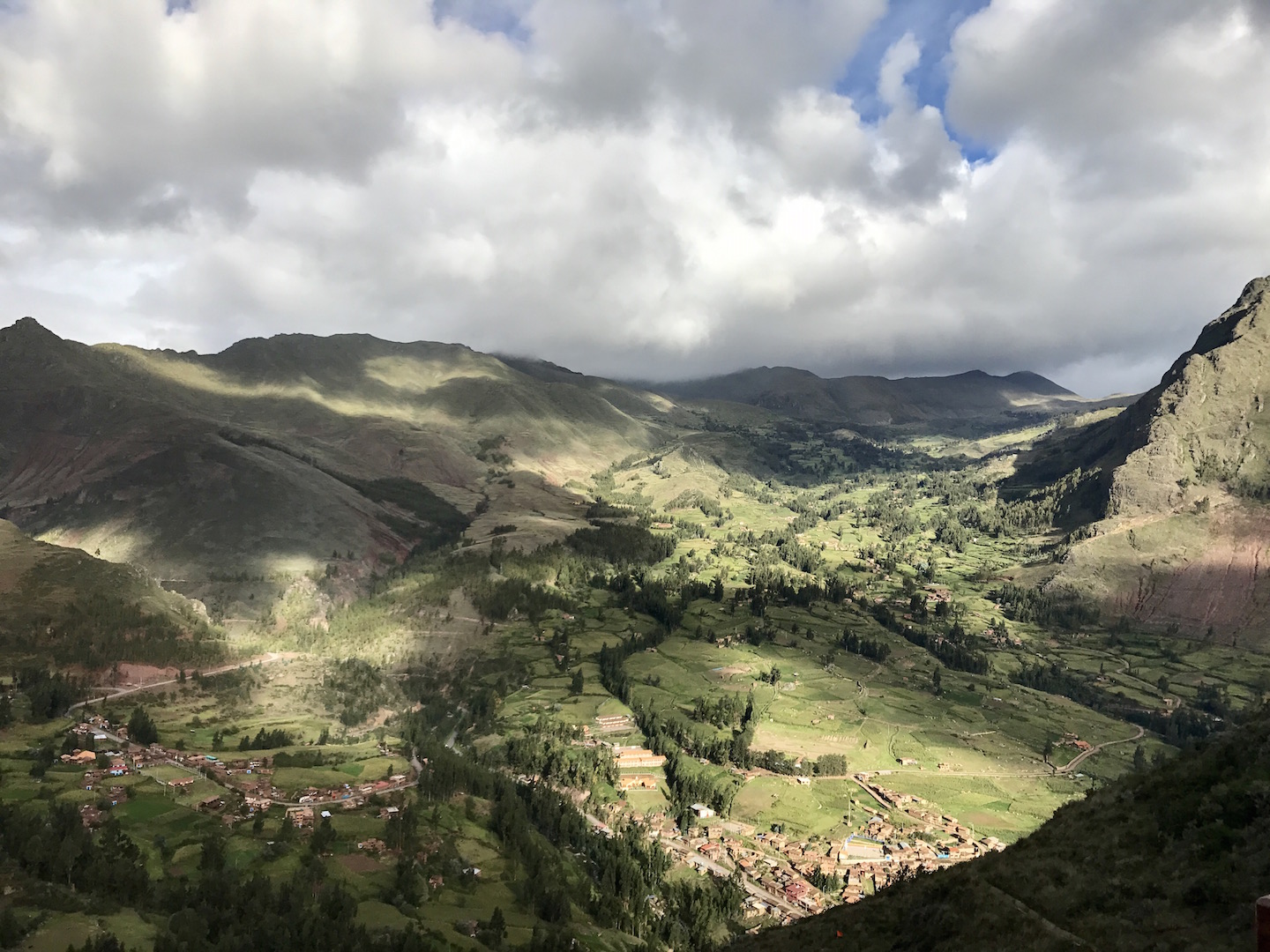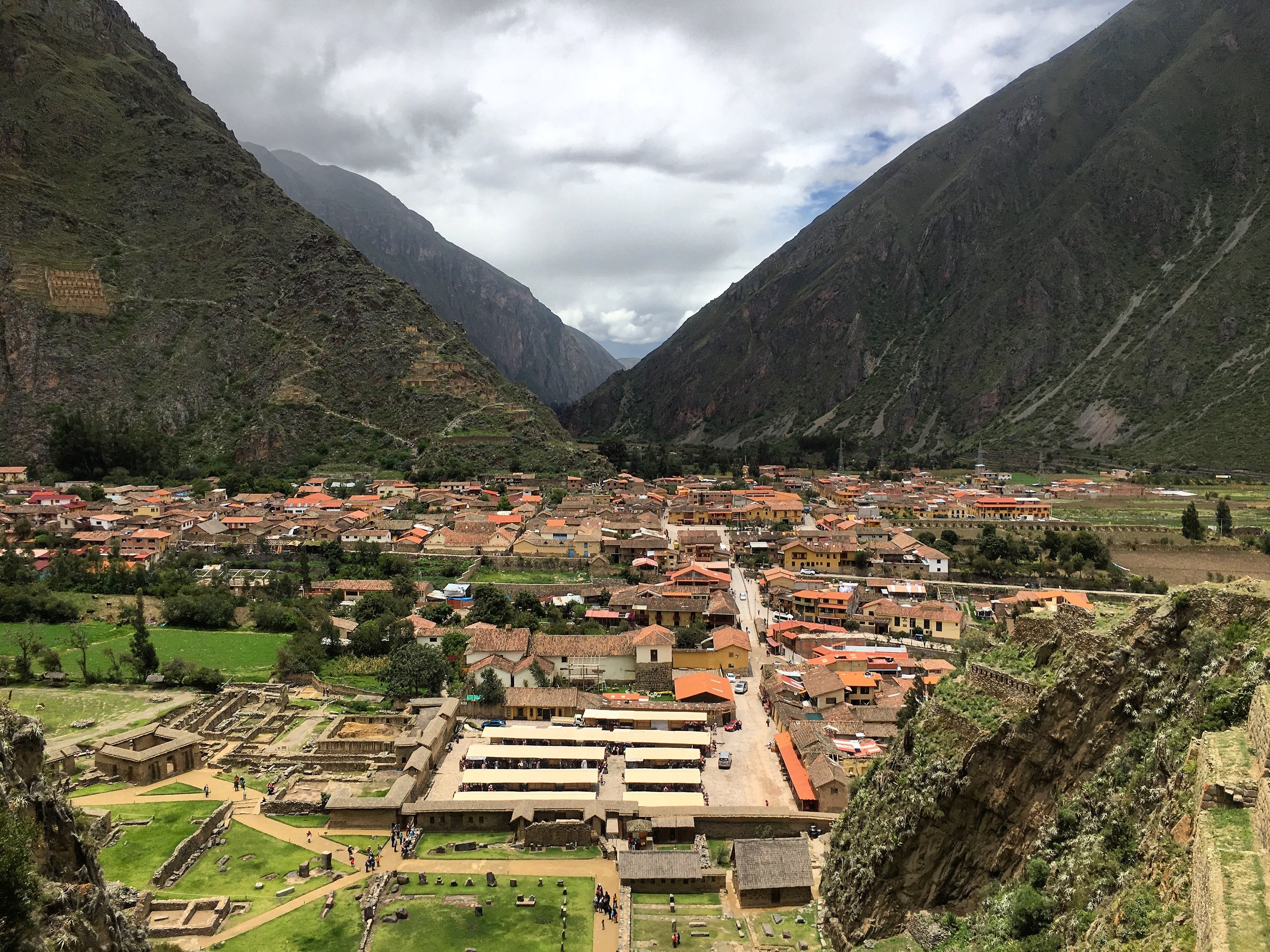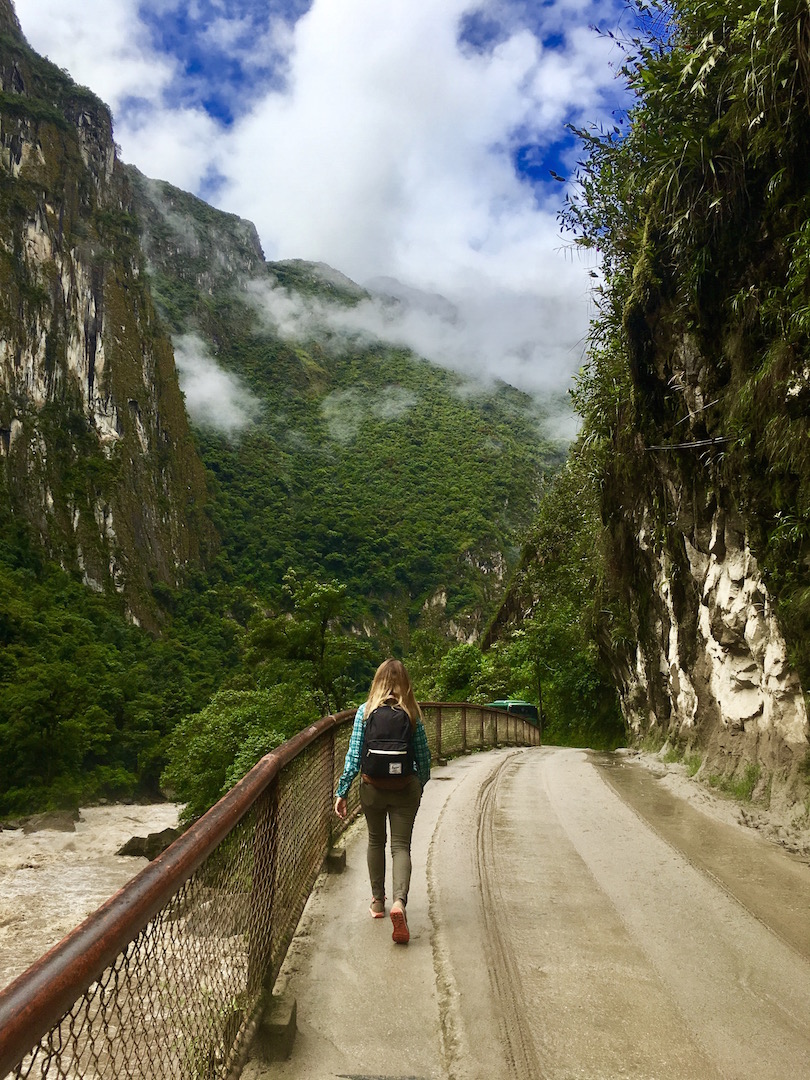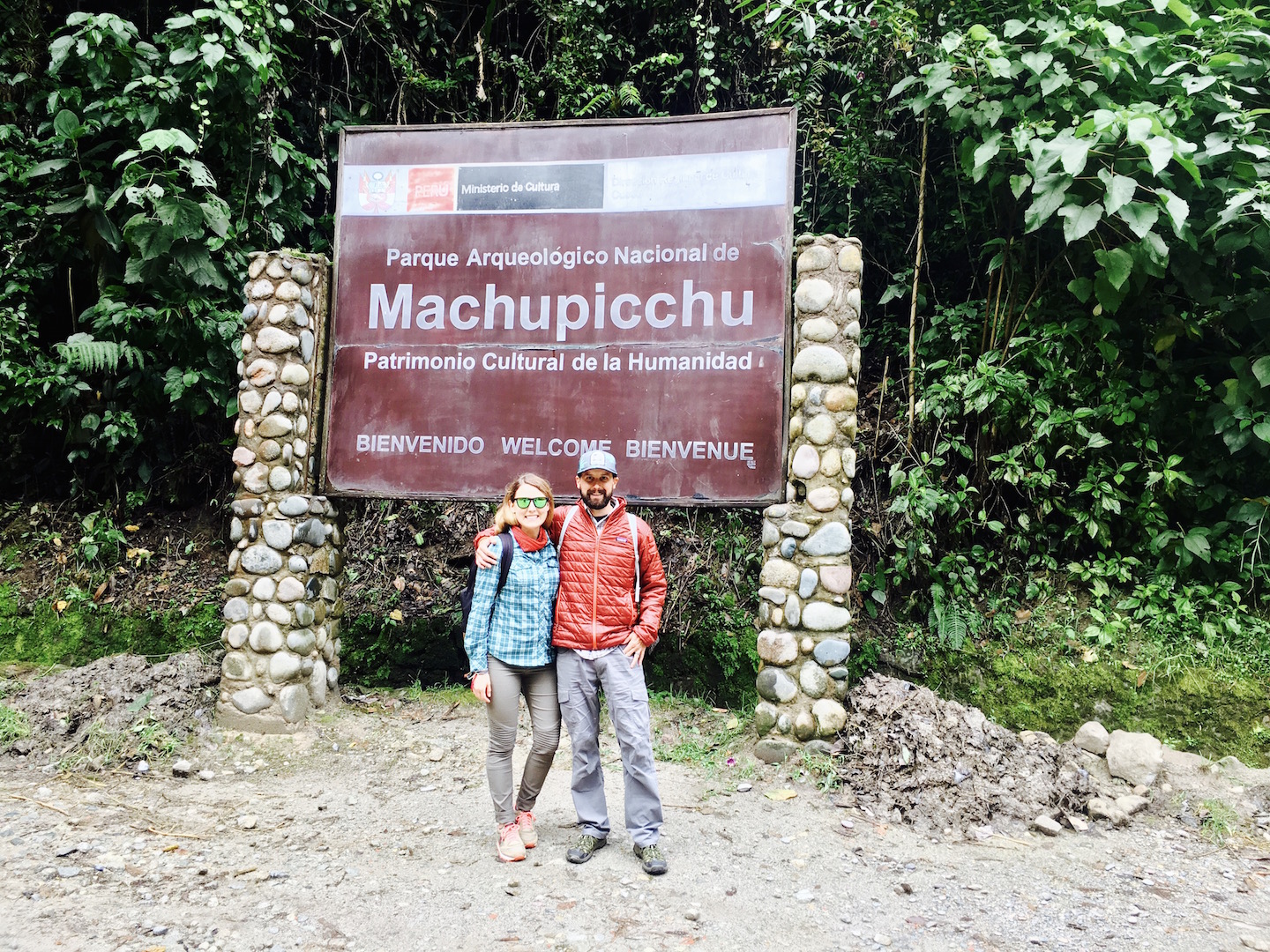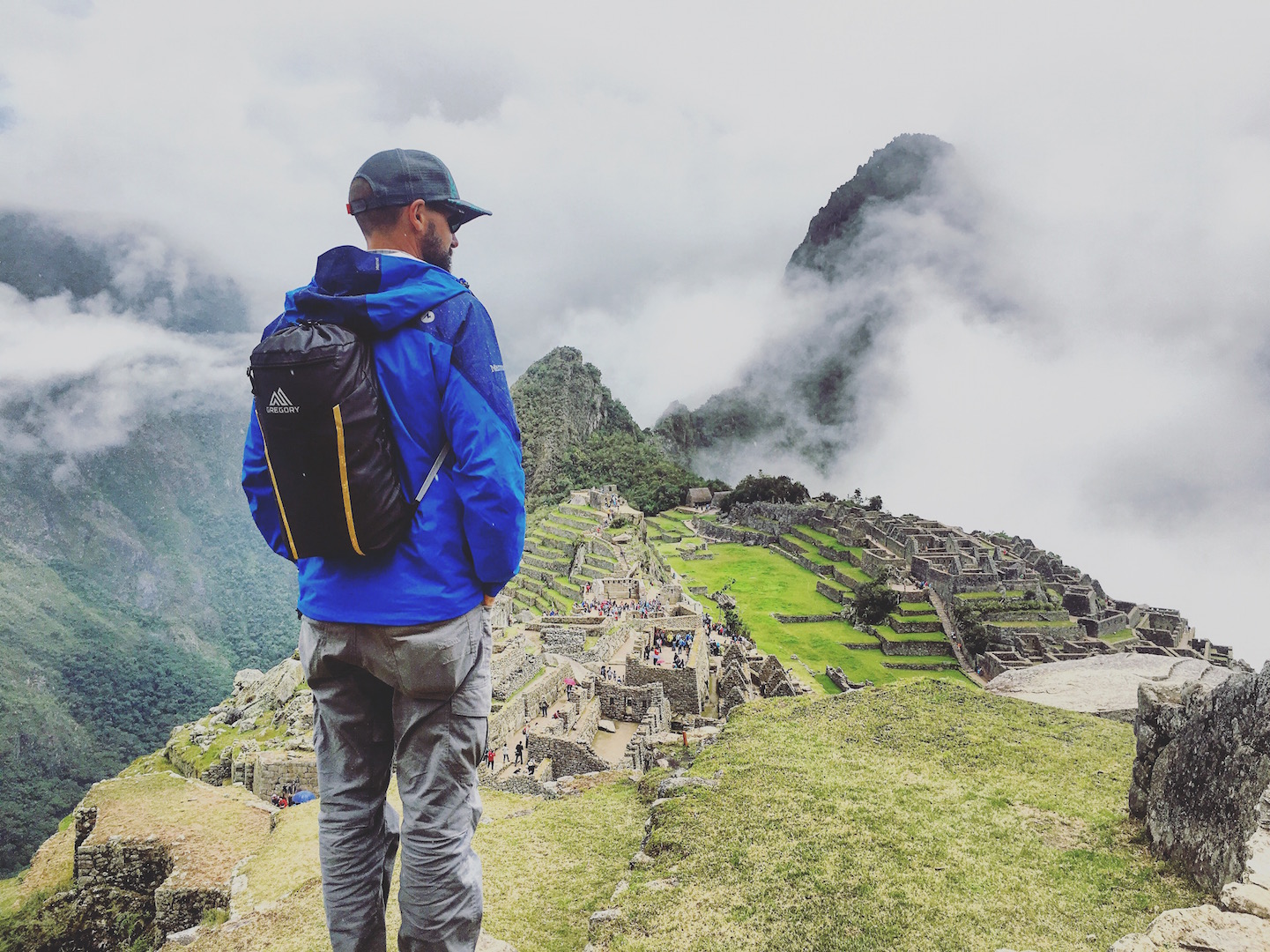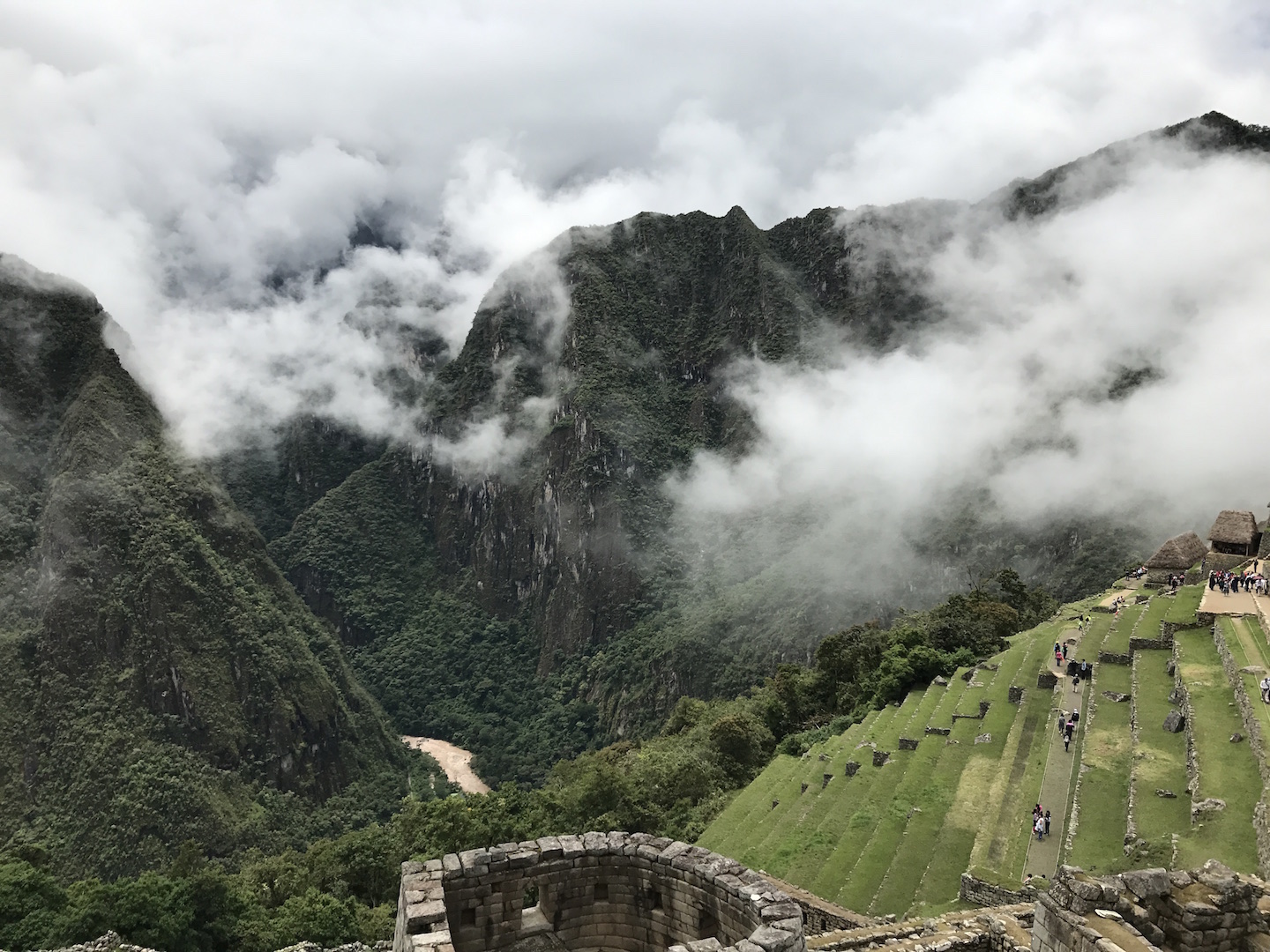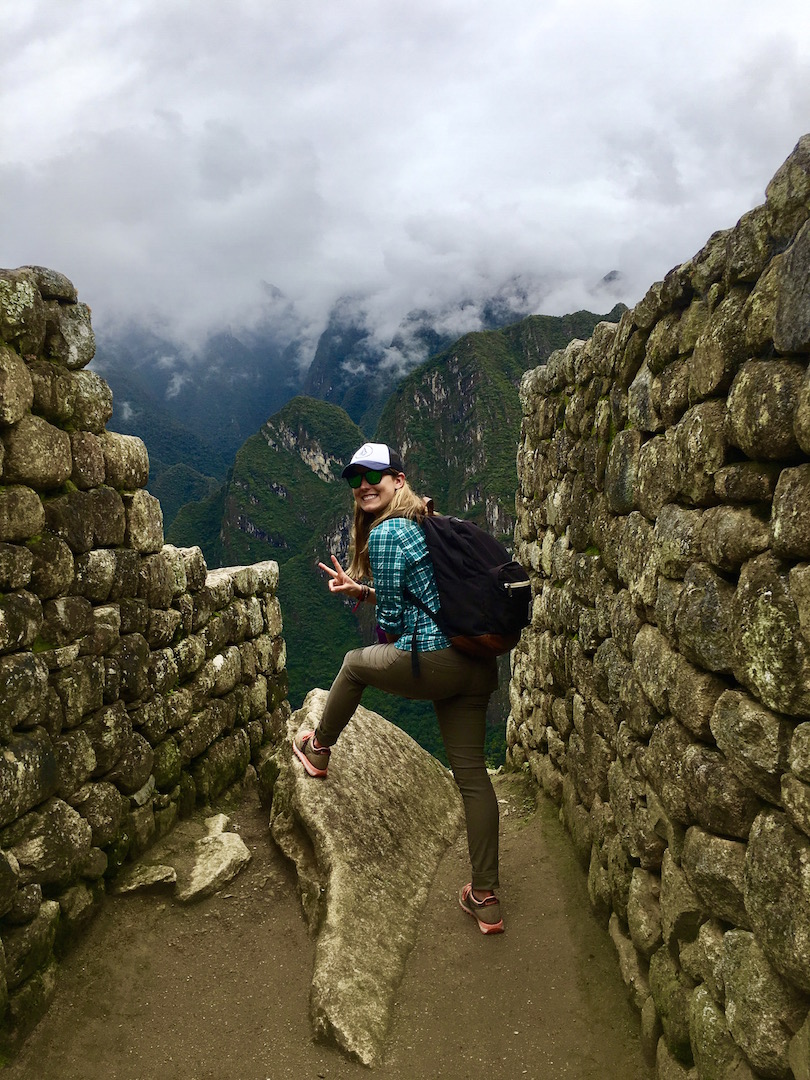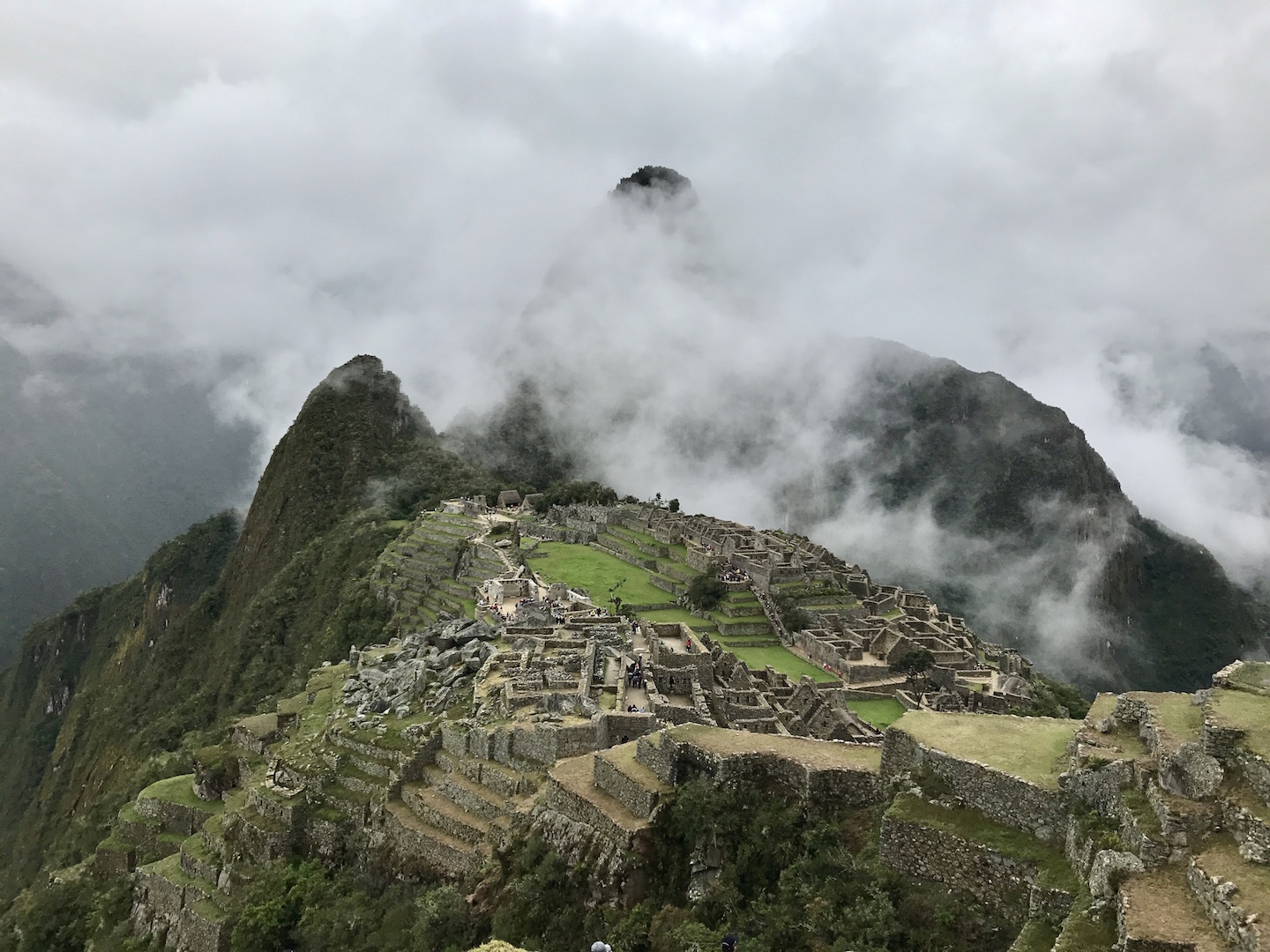Road stimulus. We had a long road ahead of us as we departed volcano land. Almost 10 hours to be exact. What I should note here is that it was 10 hours to go about 200 miles. This should tell you that we were not on any mega highways. But rather, we were on 2 lane roads, sometimes behind banana trucks, or scooters, or dodging dogs snoozing in the road, or sections of highway that all the sudden became dirt roads or hour-long construction detours, flocks of sheep, pigs the size of a small cow, a random donkey, possibly a waterfall, or even a river of mud. You name it, we saw it. Highly entertained, and slightly shell shocked from the road stimulus, the journey to the west coast of Ecuador didn’t really feel like 10 hours at all. We finally made it to Rio Muchacho, organic farm and eco-lodge. Rio Muchacho is the real deal in organic farming. Since 1990, owners Nicola Mears and Dario Proaño Leroux have been not only farming organically, but also teaching locals, farmers, volunteers, foreign students, and tourists all about non-polluting agriculture, alternative energy, seed saving, food security, and the use of permaculture crops.
Commandments of organic farming. The land on the Rio Muchacho farm once was barren and desert-like, clear cut from deforestation and not suitable for farming. However, using the tenants of organic farming, Nicola and Dario were able to successfully start a garden that has turned into a full-fledged farm. Here are the agricultural principles they abide by:
1. Avoid monocultures by consistently rotating the farm’s garden beds
2. Never burn, but rather, return all organic matter to the earth
3. Feed the soil, not necessarily the plant itself
4. Grow what grows well, using seeds that are adapted to local conditions
5. Care for insect populations and encourage beneficial insects on the farm
Because of these organic farming methods, the farm can produce enough food to feed Nicola & Dario’s family, the volunteers, staff, and guests of Rio Muchacho. Any other food needed in meal preparations are purchased locally, of course!
A billion dollar industry. We were especially interested in learning more about cacao exportation and chocolate production in Ecuador. I should note that I absolutely adore (for reals) dark chocolate and have been most excited about this part of our trip. Therefore, this is a forewarning that I am about to geek out. OK, here it goes. Ecuador is one of the largest producers of cacao in the world. The western coast of Ecuador is perfect for growing cacao trees and the exportation of cacao beans is a huge industry. Most cacao farms are small, family owned businesses and many farmers are still impoverished despite the massive amounts of money that chocolate contributes to worldwide. While learning about chocolate production at Rio Muchacho, we also wanted to gather information about the problems associated with it. Chocolate is a multibillion-dollar industry. To meet the world’s chocolate demands there has been massive deforestation to land, including the rainforest. Some of the slash and burn techniques mentioned in previous blogs are also used to create cacao farms. There are also social problems as slave and child labor (particularly in parts of Africa) are often used in an effort to produce large quantities of cacao. However, Nicola shared some tips with us. As a consumer there are some important things you should think about when purchasing chocolate. First and foremost, buy “Fair Trade” chocolate as this ensures that famers are getting a fair price for the cacao they produce. Also, buy organic as this not only ensures cacao is free from harmful pesticides, but organic farmers typically grow cacao in the shade (how it naturally grows) which reduces impact on deforestation. Additionally, organic farms are usually inspected regularly and this improves working conditions for farm laborers. Buying “Fair Trade”, organic chocolate and avoiding mass-produced chocolate will likely cost you more, but is totally worth it. Your chocolate will not only taste better but you will feel better knowing that your purchase is making a positive impact. And if you’re especially interested in making a positive impact, buy chocolate from Ecuador (or anywhere in Central/South America) if you can find it. Countries like Ecuador produce the cacao, not places such as France or Switzerland, where you might associate chocolate. Countries like Ecuador can benefit significantly from producing their own chocolate instead of only exporting the cacao.
Budding chocolatiers. We had the opportunity to make chocolate while we were on the farm. Rio Muchacho has a few cacao trees and they harvest the pods when they are ready. They then ferment the cacao seeds, called beans, which are inside the pod. After the fermentation process the beans are then dried. The next step is to roast the beans over a fire until they are toasted. From here, you peel the beans, removing the outside shell. At this point you have the start of cacao nibs. But to take it a step further, you then begin the grinding process until you have a paste. The smell and texture of the paste is amazing, you get the sense of the cacao’s richness when you see and taste it in such a raw form. To make chocolate, however, you then add in milk and sugar. How much you add depends on how sweet or milky you want your chocolate. Also, I want to note that there are more intricate steps to producing chocolate bars. It can get technical and often looks like a science experiment. But for our purposes, we kept it simple. And it was delicious. By far it the best thing I ate during the entire trip! Take a look at the steps in the pictures below.
Beach vibes. After Rio Muchacho we made the quick hop over to the beach town of Canoa. This small fishing village also has a beautiful stretch of beach, consistent surf waves, stunning sunsets, friendly locals, and an extremely laid back vibe. We loved it here. We dropped our bags and stayed for a couple days, very easily getting into the mellow rhythm of life on the coast. As relaxing as things were, we were also consumed with heartache as we learned more about what happened in Canoa almost exactly one year ago.




Forever impacted our hearts. In April of 2016 the west coast of Ecuador was rocked with a 7.8 magnitude earthquake. Canoa was among many of the towns hit. Nearly 700 people were killed and over 16,000 were injured. Maybe you vaguely remember hearing about this in the news, or maybe you didn’t hear about it all. Regardless, Ecuador got very little airtime during such a horrific natural disaster. We were humbled by the locals who shared their stories with us. Some of the gruesome details I won’t share here. We were told that directly after the earthquake there was a fear of a tsunami and those who were able to get out retreated inland as quickly as possible. There was luckily no tsunami, but because of the threat, many people were not rescued out of buildings right away. We were told that what this area needed was for people, specifically tourists, to come back. As we drove through the destruction in some of the neighboring towns, I have to admit that I wondered what we were doing there. Watching the sunset next to empty lots and dilapidated buildings, knowing what had happened in those exact spots one year ago is one of the eeriest feelings. The feeling soon dispelled as we observed the locals in their daily routines. Their friendliness, their resilience, and positivity impressed us beyond belief. The hotel worker living in a tent on his employers property, the American girl running her parents restaurant while her mother recovers from partial paralysis, the expat who fled the area to get massive medical treatment only to return a few months later to rebuild and start his life again, the young Australian who started volunteering with clean up efforts and never left, the travel guide turned hostel owner (only 4 days into his new venture when we met him) with a building in need of majors repairs, these are the people of Canoa. These are the resilient people who shared their story with us and forever impacted our hearts. We are grateful for their story and humbled to share it with you.
Here are some photos of the area now. As you can see there is still a lot of work to be done to rebuild.
Rio Muchacho was also affected. Please watch their story below. If you feel compelled to help please click on the link below to contribute:
https://igg.me/at/oqs60MhlFDI/x/15882502















